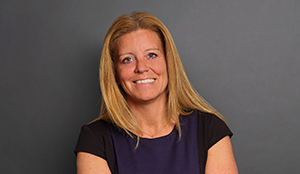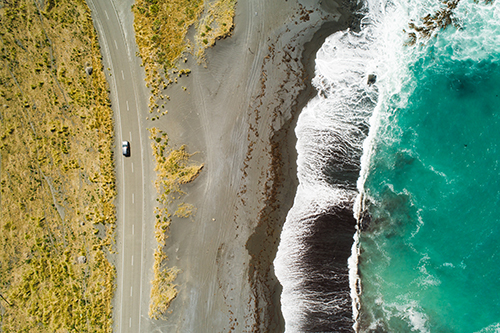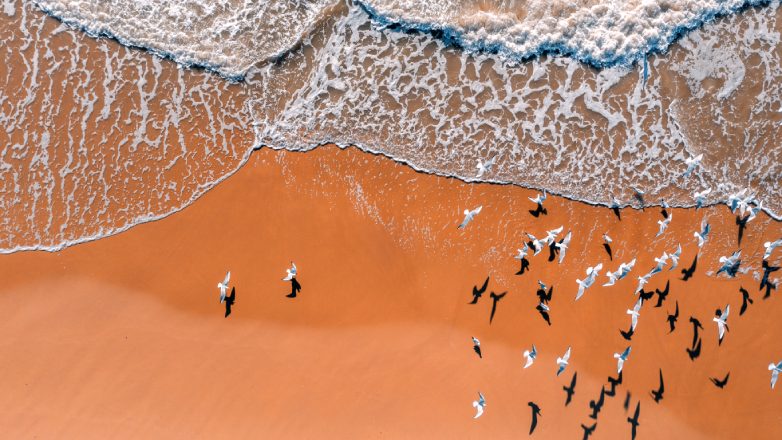The Netherlands again sets ambitious requirements for offshore wind tender
The Minister of Economic Affairs and Climate has issued further information on the new tender for the offshore wind park IJmuiden Ver (IJver). Plots Alpha and Beta (both around 2 GW) are the first to be tendered. The tender processes are seen as very innovative and set an example for the rest of Europe of how to integrate qualitative requirements in the tender ensuring the best outcome both for the wind park as well as the environment. For this tender, the Minister is aiming to include conditions re amongst others circularity, international CSR (ICSR), under water noise and ecology.
Under Dutch law a plot decision is required for the realisation of an offshore wind park. The plot decision contains details of the plot and the tracé for the connection and the conditions the wind park needs to comply with. The winner of the tender obtains an exclusive license to build the wind park. At the moment of this article, the tender rules nor the plot decisions have been published yet.
It is prohibited to build or operate an offshore wind park without a license. The Offshore Wind Energy Act sets out that a licence can only be issued based on either:
- Tender with subsidy;
- Tender with comparative test;
- Tender with comparative test and a financial bid; or
- Tender with an auction.
Criteria for IJver
The Minister of Climate and Energy announced that he intends to licence 4 plots in one tender round without auction at the end of 2023 for IJver. Plots 1 to 4 of IJver will be licensed on the basis of a comparative test and financial bid procedure. It is important to note that the minister has explicitly chosen not to auction the plots, because the current legal framework for this procedure does not allow conditions to be attached to the licence and this does not align with the intention of the Minister. The Minister is looking to enforce various social goals through the plot decision ensuring the fit of the wind farms within the ecological capacity of the North Sea and the Dutch energy system.
Based on Dutch law additional rules and criteria can be set for the design of a comparative test with financial bids. In the ranking of applications, at least the following aspects will be considered: the height of the financial bid, the certainty of realisation of the wind park, the contribution of the wind park to energy supply; and – very important for the Minister - additional conditions: ranking criteria on ecology, ICSR, circularity and (energy) system integration.
With regard to the ecological conditions, additional criteria will be included that deal with innovation and implementation of measures to mitigate any negative effects on nature as well as nature enhancement. For the plots at IJver, it will be investigated whether it is possible, within applicable policy frameworks, to stimulate proposals that do not strictly concern wind turbine installations and park cabling itself.
With regard to the system integration criteria, it is noted that the additional 10 GW will be utilised as much as possible at the onshore locations. The electricity from offshore wind farms can be used at onshore locations by industry, for example, for the electrification of industrial processes, electrolysis or other options.
The criteria for ICSR and circularity are still to be worked out however shall be in line with relevant upcoming legislation on these topics. For ICSR, the criteria will be in line with the Organisation for Economic Co-operation and Development guidelines for multinational enterprises (OECD guidelines) and the United Nations human rights and business principles. For circularity, the criteria will be in line with the European Union's (EU) Sustainable Product Initiative for circularity. Also, the criteria will be in the spirit of the European Commission's proposal for a due diligence directive, Corporate Sustainability Due Diligence Directive (CSDDD) and a broadened eco-design directive for circularity that are being prepared by the EU and are foreseen to come into force after 2025.
Additional criteria
The cables of the plots under consideration must be installed on platforms and the connection must be realised before the offshore grid is completed. Also, a maximum tip height of about 305 metres (1000 feet) will apply to the wind turbines in plots IJver.
Finally, the extent to which the minister can attach criteria to guaranteeing physical and digital security is currently being examined. There is also an investigation ongoing exploring whether the voltage level from the current 66 kV to 132 kV can be increased.
Current licenses are issued for 40 years, the term of the IJver license is still to be determined.
Additional remarks
It should be noted that the distinguishing criteria for this tender will be ecology and system integration. With regard to the height of the financial bid, a maximum number of points will be attached to a high amount if it exceeds EUR 50 million. These conditions are similar to the licensing procedures of Hollandse Kust (west).
The minister further points out that he will still come up with additional criteria as to whether or not applications can be submitted in bundles (i.e. two licensing procedures of plots I and II together and plots III and IV together). However, the number of applications per party/consortium will be limited to reduce implementation risks and regulatory burden for both the public and private sectors. On the other hand, in these licensing procedures, there is no cap on the number of plots that can be awarded per party or consortium.
With regard to financing, the minister has pointed out that it is possible to pay the financial bid both in one lump sum upfront and in instalments during the permit period of the wind farm. The exact form and the obligatory or non-obligatory nature of the payment form will be further elaborated in the draft ministerial regulations with the Minister of Finance. The structural incorporation costs will be EUR 244 million up to and including 2030 and then EUR 100 million annually from 2031 onwards. This implies that the structural commissioning costs amount to about EUR 7.5 million per year per 1 GW plot. In addition, as in the Hollandse Kust (west) permit procedures, the costs for the location studies and environmental impact assessments will be charged to the winning wind farm operator. To avoid prohibited state aid in the form of avoided costs for environmental impact assessment and Passive Assessment studies incurred during the preparation of the parcel decisions, these costs are charged to the final permit holder. These costs are therefore separate from the structural incorporation costs and the financial bid.
Finally, planning. The ministerial regulations will detail the criteria mentioned in this article, as well as the other elements of the procedures. In doing so, the aim is to finalise them by the third quarter of 2023 at the latest. In the first quarter of 2023, the draft parcel decisions will be published and the location studies largely completed. The location studies will be fully finalised in the second quarter of 2023.




